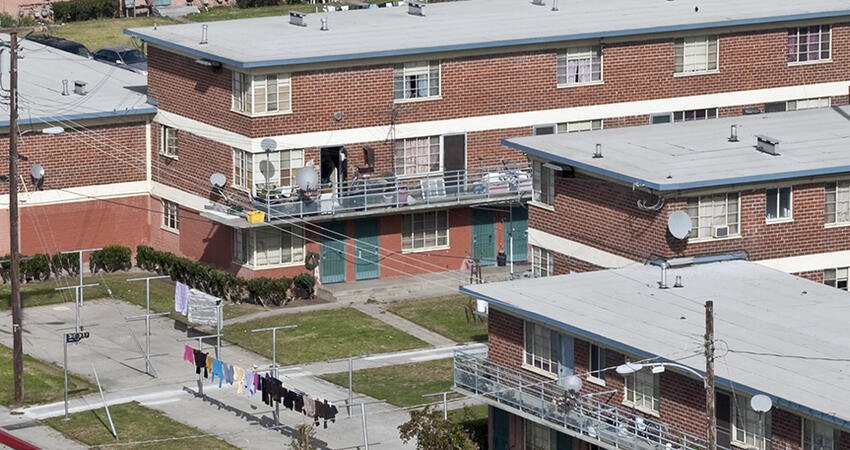
Does the Low-Income Housing Tax Credit Contribute to Poverty Concentration?
- Title:
- Does the Low-Income Housing Tax Credit Contribute to Poverty Concentration?
- Author:
-
Ingrid G. Ellen, Keren M. Horn, Katherine M. O'Regan
- Source:
-
Journal of Housing Economics
- Publication Date:
-
2016
With a growing body of evidence demonstrating that neighborhoods can significantly affect people’s future outcomes (e.g., lifetime earnings), Ingrid Ellen, Keren Horn, and Katherine O’Regan examine the Low-Income Housing Tax Credit’s (LIHTC) effect on neighborhoods, finding little evidence that the LIHTC is associated with increases in concentrated poverty. Using data from the US Department of Housing and Urban Development, census data, and two newly constructed supplemental datasets containing information on tenants of LIHTC developments and LIHTC applications from developers, Ellen and her colleagues examined two central questions. The first, using tenant income data, considers how the income of the tenants compares with tract poverty rates to determine if tenants are better or worse off than their neighbors. The second question examines whether building LIHTC developments is associated with changes in the neighborhood poverty rate over time. In addition to finding little evidence that the LIHTC is associated with increased concentrated poverty, the authors found a link between LIHTC developments and poverty reduction.
Key findings:
- Although LIHTC developments are concentrated in higher-poverty neighborhoods, tenants moving into LIHTC developments tend to be comparatively more impoverished than the other residents in their neighborhood. This could be because of higher rental assistance rates in higher-poverty neighborhoods and nonprofit developers tending to aid unassisted residents in poor neighborhoods
- Additional LIHTC units in higher-poverty neighborhoods (over 30 percent poor) are associated with a 2 percentage point decline in the neighborhood poverty rate, largely because of spillovers.
- Within metropolitan statistical areas, poverty concentration is lower in years when more units have been placed in service, which suggests that building LIHTC units does not increase concentrated poverty.


